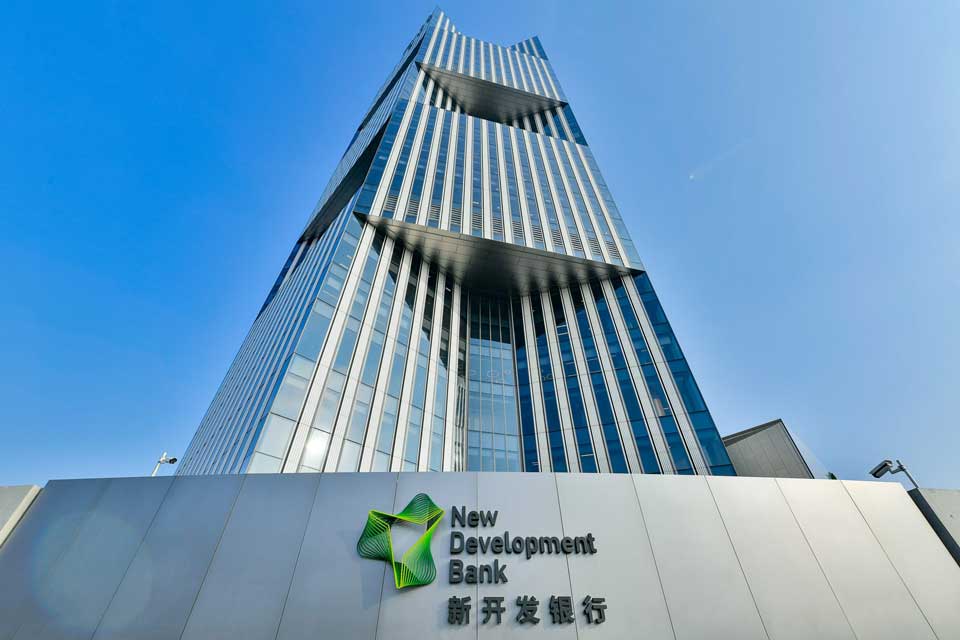
How China Is Reshaping Global Finance Through New Development Banks » Capital News
The traditional architecture of global finance—long dominated by Western-led institutions like the International Monetary Fund (IMF) and the World Bank—is undergoing a subtle yet profound transformation. At the centre of this shift is China, whose leadership in institutions such as the Asian Infrastructure Investment Bank (AIIB) and the New Development Bank (NDB) is helping to redefine how development financing is conceived, accessed, and delivered across the Global South.
This is not merely the addition of new players into the financial landscape. Rather, it reflects a broader rebalancing of influence in the international order. At stake is a critical question: who gets to set the terms of development? Whose priorities shape lending conditions? And whose vision determines the trajectory of infrastructure, energy, and digital expansion across emerging economies?
China’s ascendance in this space stems from a deliberate and sustained strategy. The AIIB, founded in 2016 and headquartered in Beijing, now counts more than 100 member countries. The NDB, originally established by the BRICS nations—Brazil, Russia, India, China, and South Africa—has steadily expanded its lending portfolio and membership. These institutions prioritise large-scale investments in infrastructure, renewable energy, climate resilience, and digital connectivity—precisely the areas where developing nations most urgently need support.
What distinguishes these banks is not just their financial muscle, but also their operating philosophy. Unlike the IMF or World Bank, which frequently attach structural reforms or fiscal conditionalities to their loans, China-led institutions often offer financing with fewer strings attached. For nations facing political transitions, economic turbulence, or urgent development needs, this no-strings approach is often more appealing—and pragmatic.
Take, for instance, the case of renewable energy financing in Southeast Asia. While traditional multilateral lenders have pledged support for green transitions, procedural delays and extensive policy requirements can slow project implementation. In contrast, the AIIB has positioned itself as a nimble co-financing partner—capable of aligning with national development plans and respecting local governance models.
For many in the Global South, this represents more than just financial convenience. It signals a new kind of development engagement—one rooted in partnership, not paternalism. Through this model, China presents itself not just as a lender, but as a long-term ally in strategic planning and economic transformation.
Critics argue that the lack of conditionality risks enabling mismanagement or opacity. But supporters counter that the traditional model has long produced its own failures—most notably in the form of unpopular austerity programmes, growing inequality, and political backlash. Moreover, as developing nations become more assertive, they increasingly demand financing models tailored to their unique challenges—not one-size-fits-all prescriptions.
China’s influence is also expanding in the arenas of digital and climate finance. As global economies become more interconnected and digitalised, the need for digital infrastructure—from fibre-optic networks to cloud data centres—is growing rapidly. Here, China-backed banks are stepping into a void left by slower-moving Western institutions. By integrating physical and digital infrastructure in their financing models, they are helping countries build resilience in the digital age.
Climate financing is another area where the AIIB and NDB are gaining traction. As the climate crisis disproportionately affects the developing world, timely access to funds for mitigation and adaptation has become critical. Both banks are now channelling significant resources into green projects—solar energy, sustainable transport, disaster preparedness—making these investments more than just financial transactions; they are lifelines for long-term survival.
The larger implication of this shift is that it is redefining multilateralism itself. Where the term once referred almost exclusively to institutions dominated by the West, it now includes a growing ecosystem of alternatives, each with its own philosophy and model. China’s leadership does not signal a replacement of the IMF or World Bank—but it offers an alternative. And in a multipolar world, alternatives matter.
Importantly, this competition need not be adversarial. The emergence of China-led institutions has already spurred legacy organisations to re-examine their frameworks. The World Bank is reforming its climate financing strategy. The IMF is taking steps toward greater inclusivity and responsiveness. In that sense, this is a race to relevance—not dominance.
Still, the symbolism of the shift matters deeply. The Global South is no longer content to be a passive recipient of prescriptions crafted in faraway capitals. Through engagement with new financial institutions, developing nations are asserting agency, redefining influence, and reshaping global finance on their own terms.
China’s role in this transformation is central—but not absolute. What it reflects is a deeper, collective aspiration across Asia, Africa, Latin America, and beyond: the pursuit of equity, dignity, and ownership in a global financial system that has too often excluded or constrained them.
As institutions like the AIIB and NDB continue to grow in scale and sophistication, they are not just funding roads, bridges, or fibre networks. They are laying the foundation for a new era in global cooperation—one in which the voices of the many, not just the few, shape the path forward.
The writer is a journalist and communication consultant.